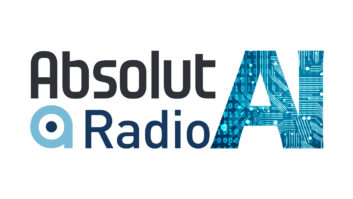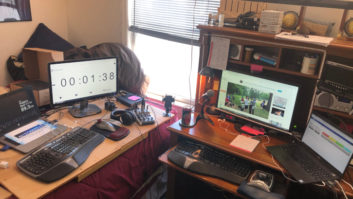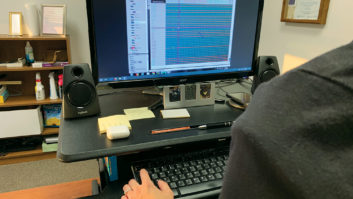How Tomorrow Radio Works
Feb 1, 2005 1:00 AM, By Dave Agnew
Supplemental audio is an Advanced Application Service (AAS) for FM HD Radio and is therefore input and encoded in the Data Importer, which manages and encodes all the data services for HD Radio. The Importer is PC-based hardware running Windows 2000 Server, with software provided by an Ibiquity-licensed manufacturer. Even though the supplemental audio is encoded by the Importer, it does not use bandwidth reserved for data services. Instead, it uses a portion of the 96kb/s assigned to the main HD Radio audio channel.
The Tomorrow Radio tests assigned 32kb/s for the supplemental channel, leaving 64kb/s for the main channel, resulting in good quality audio for both audio channels. It is proposed the minimum data rate for the main channel will be 48kb/s, leaving 48kb/s for the supplemental channels. The extended hybrid mode will allow total throughputs up to 124kb/s to provide more flexibility in main and supplemental channel assignments. The Importer communicates with the Exporter or HD Radio exciter via Ethernet and controls main and supplemental channel bandwidth allocations as required.
The block diagram of the SAC signal chain shows the location of the Importer within the HD Radio chain, the signal flow and associated data rates. The supplemental program audio feeds the Importer”s digital audio card and the program-associated data (PAD) is delivered via Ethernet. The audio is encoded with an Ibiquity HDC codec and then multiplexed with PAD and other data services. This multiplexed signal then feeds the HD Radio exciter or Program Exporter via Ethernet. The maximum Importer output data rate is about 125kb/s.

Block diagram of the SAC signal chain.
The signals feeding the Program Importer could also directly feed an HD Radio exciter. In this case, the two HD Radio exciter outputs will feed time-aligned FM audio and the RF output to the HD Radio transmitter.
The Importer data is multiplexed with the main channel audio and its associated PAD in the HD exciter and then modulated on-channel ready for amplification by an HD transmitter. In the case where the Exporter is used, the fully encoded HD Radio signal is output on a dedicated unidirectional UDP link with a data rate of about 300kb/s. Supplemental audio is poised to be one of the first data services used in HD Radio and is a key differentiator from the current analog service. Supplemental audio offers new revenue generating opportunities and a new pipeline to deliver more services and diverse programming choices. Tomorrow Radio tests have proven successful, and receiver manufacturers are adding this functionality into receivers in anticipation of expected FCC approval for broadcast in 2005.
Agnew is senior FM applications engineer with Harris Corporation, Broadcast Communications Division.












